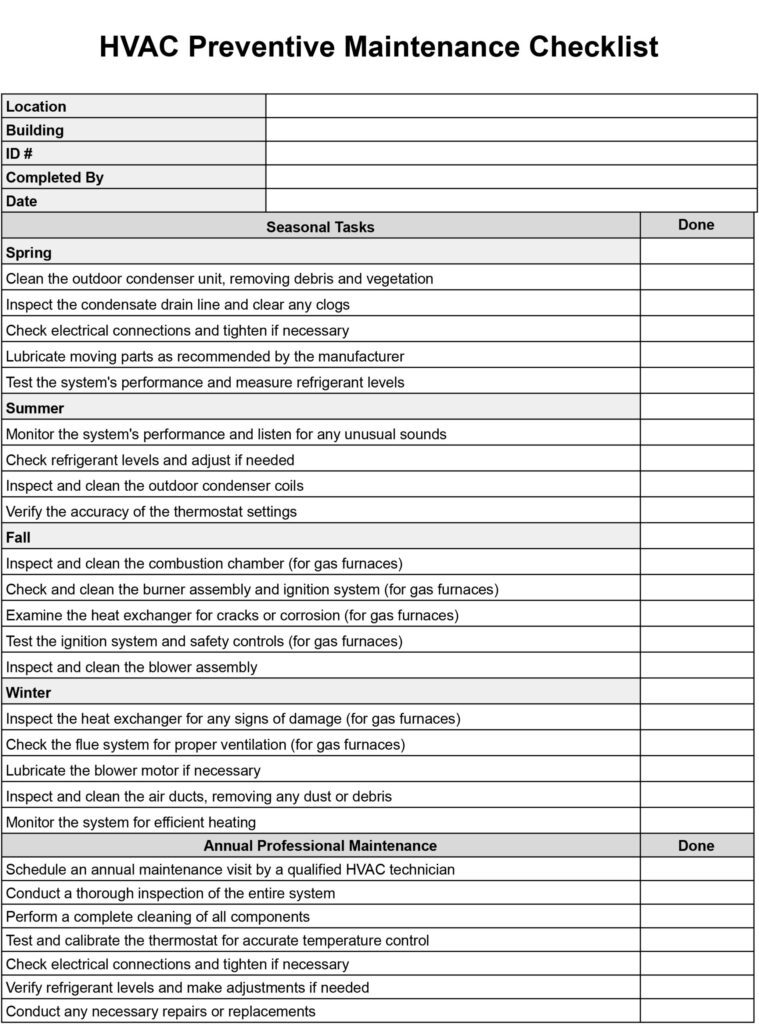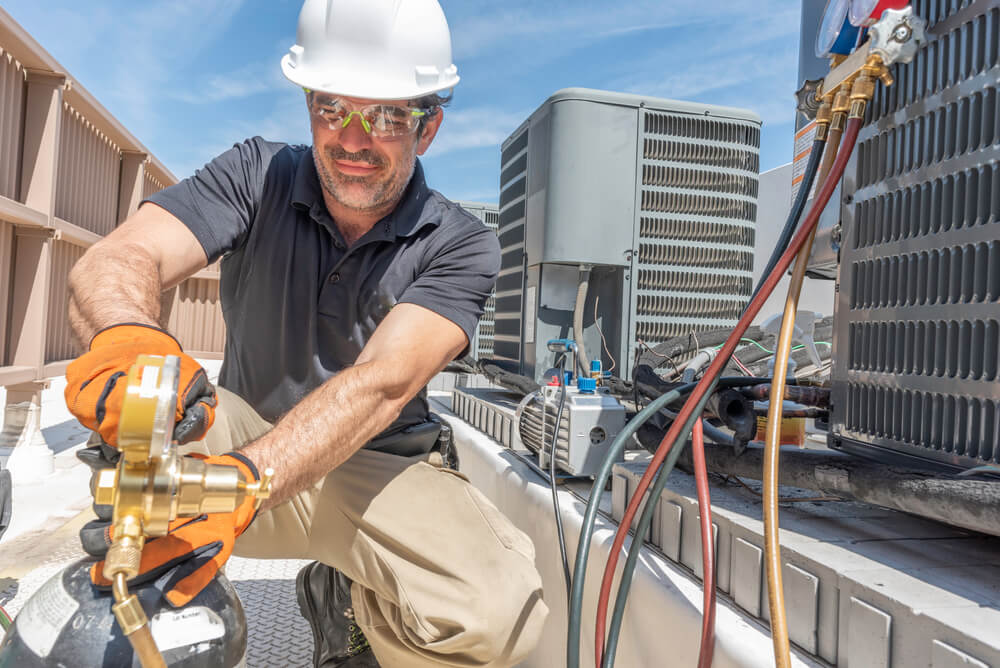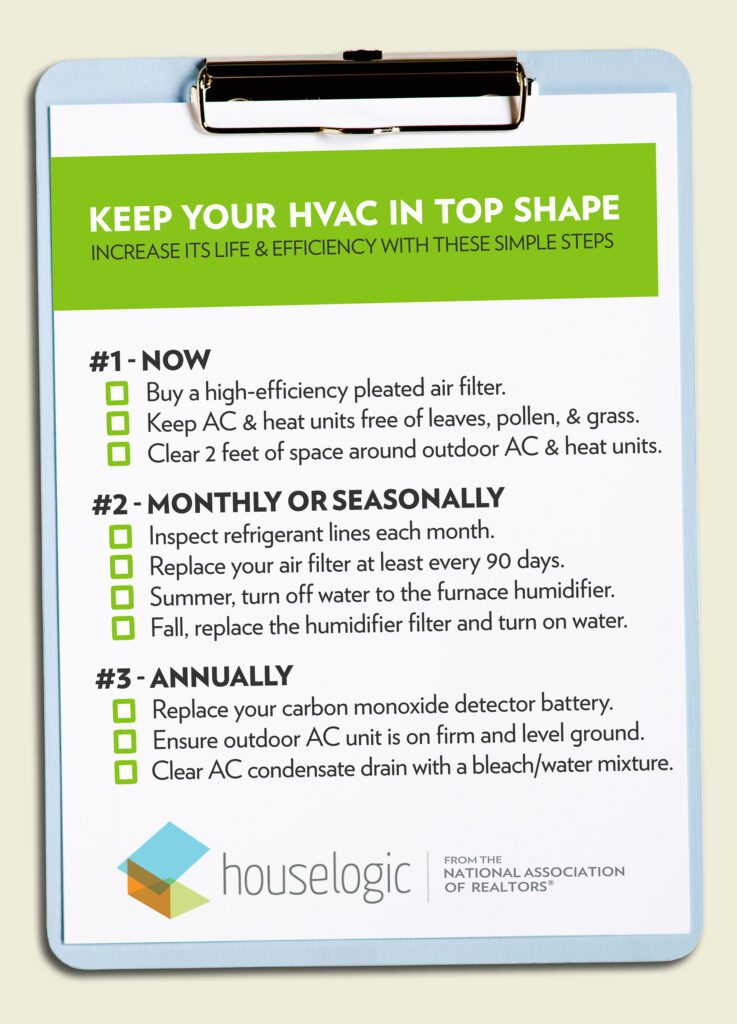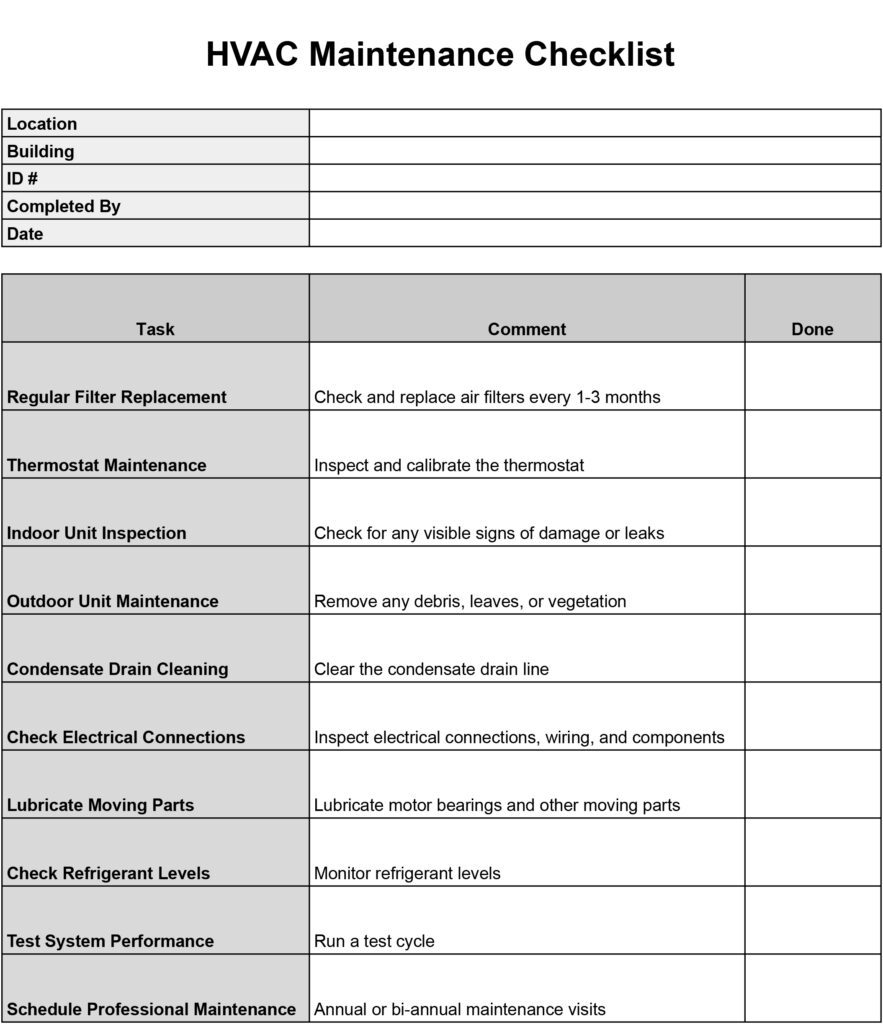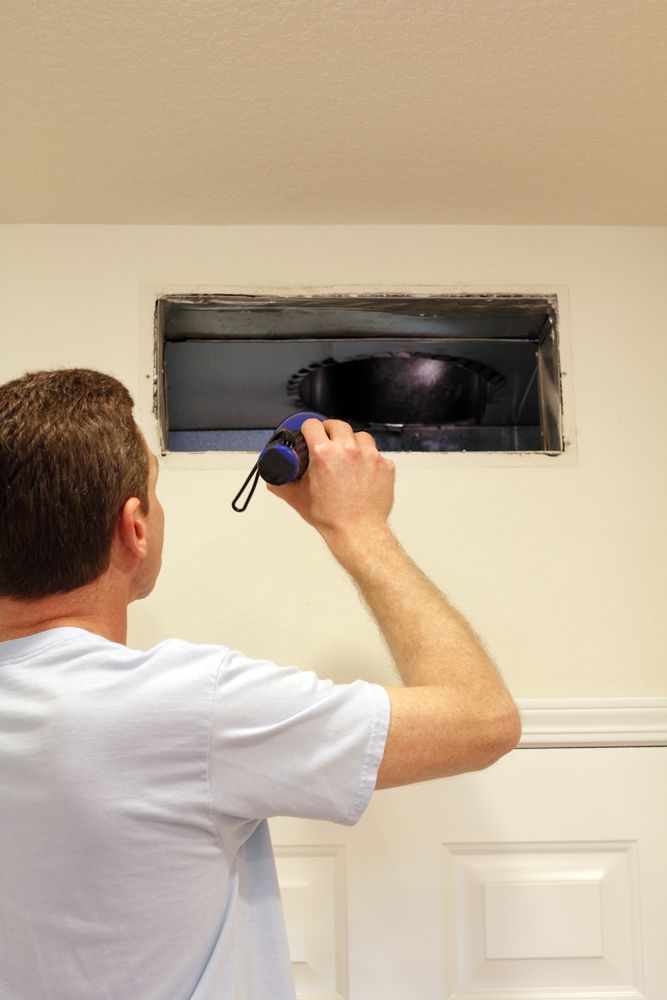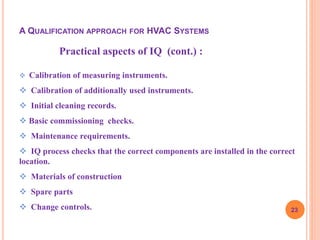If you’re new to HVAC work or simply want to ensure that you’re covering all the necessary steps, having a checklist can be incredibly helpful. A checklist for HVAC work serves as a handy guide to ensure that every important aspect of the job is not overlooked. From inspecting the system components to testing its functionality, this article explores the essential items that should be on your checklist for effective HVAC work. HVAC (Heating, Ventilation, and Air Conditioning) systems are an important part of our everyday lives, providing comfort and maintaining optimal indoor air quality. Whether you are a professional HVAC technician or a homeowner interested in assessing the condition of your HVAC system, having a checklist can help ensure that you cover all the essential aspects. This article aims to provide a comprehensive checklist for HVAC work, covering general safety, equipment and tools, electrical components, heating system, cooling system, ventilation system, ductwork, thermostat, air filters, and refrigerant levels. So let’s dive in and explore each section in detail!
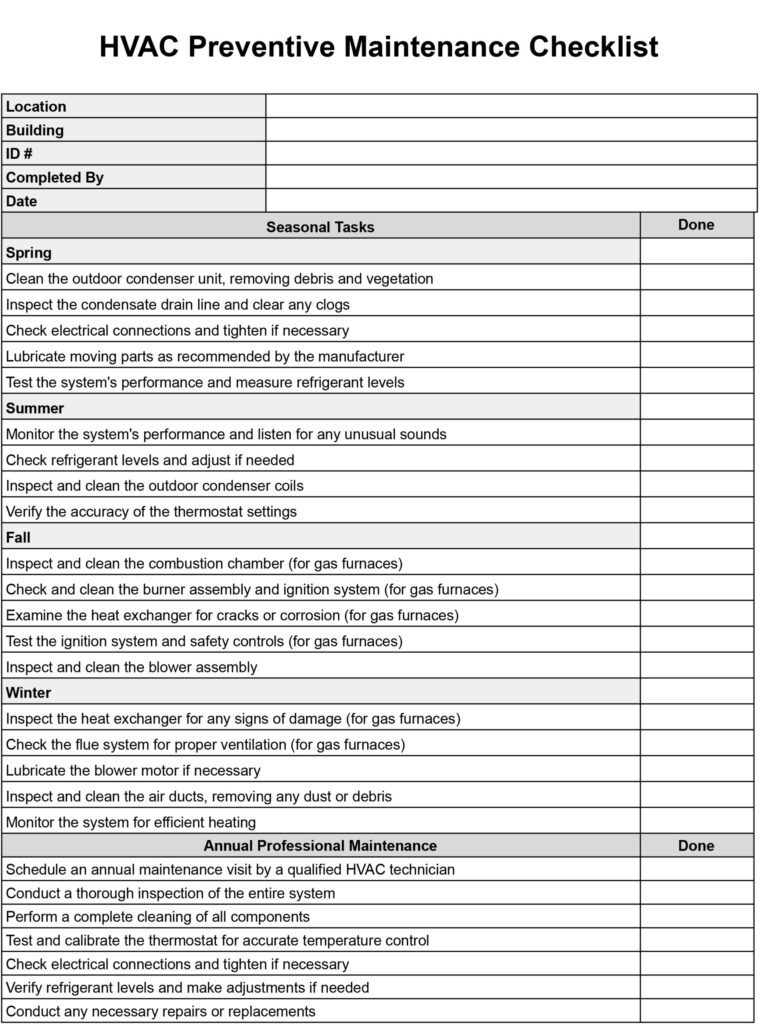

General Safety
Safety should be the top priority when working on HVAC systems. Before starting any work, make sure to turn off the power to the system and secure the area to prevent any accidents. Always wear protective gear such as gloves, eyewear, and masks to minimize the risk of injury and exposure to harmful substances. It is also crucial to follow proper ladder and equipment usage guidelines. Additionally, stay aware of any potential electrical hazards and ensure that all electrical connections are properly insulated.
Equipment and Tools
Having the right equipment and tools is essential for efficient and effective HVAC work. Before beginning any task, ensure that you have the necessary tools, including wrenches, screwdrivers, gauges, and multimeters. Check the condition of your equipment regularly and replace any damaged or worn-out tools to ensure safety and accuracy. Keeping your tools well-organized and easily accessible will help streamline your work process and minimize downtime.


Electrical Components
The proper functioning of electrical components is crucial for HVAC systems. Check all electrical connections for signs of wear or damage and tighten any loose connections. Inspect electrical wiring for exposed wires or fraying, and replace any faulty wiring. Test capacitors and relays to ensure they are functioning correctly. It is also important to test the system’s electrical controls, such as thermostats and circuit boards, to ensure proper operation.
Heating System
When assessing the heating system, start by inspecting the furnace or heat pump. Check for any signs of rust, corrosion, or leaks in the heat exchanger. Test the ignition system to ensure proper functioning, and clean or replace the burner if necessary. Inspect and clean the blower motor and fan blades for any dirt or debris buildup. Don’t forget to check and clean the air filters regularly, as clogged filters can restrict airflow and reduce heating efficiency.
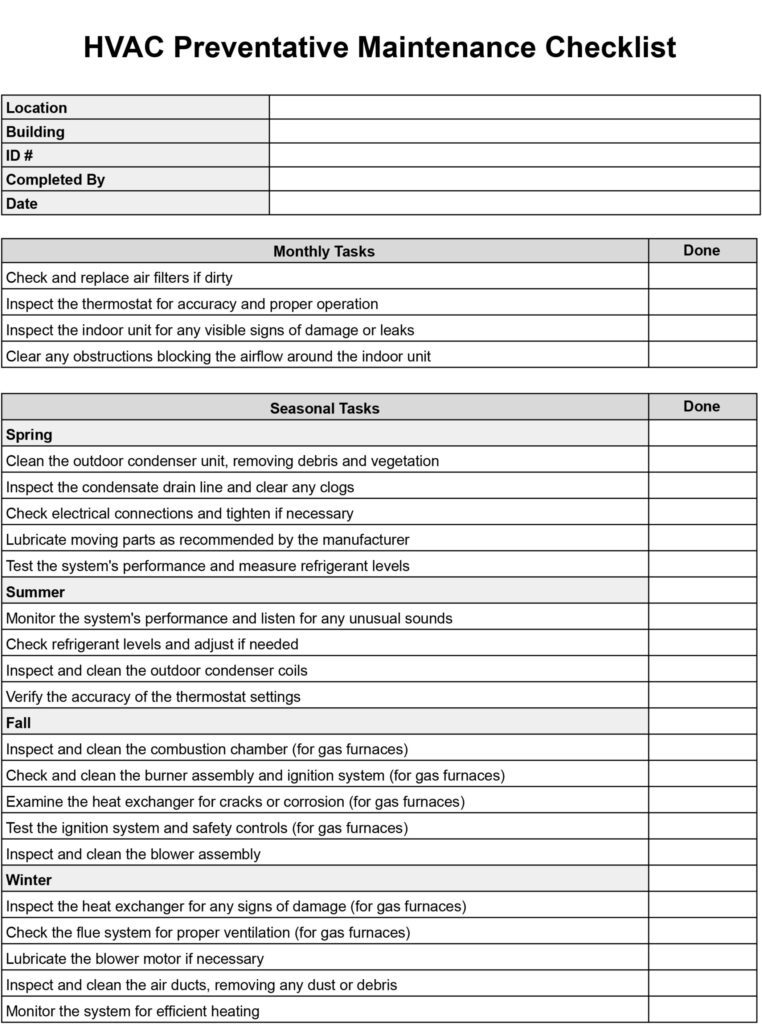

Cooling System
The cooling system, which includes the air conditioner or heat pump, should be thoroughly inspected as well. Check the condenser unit for any obstructions such as leaves, dirt, or debris, and clear them away if necessary. Inspect the condenser and evaporator coils for dirt or damage, and clean them if needed. Test the compressor and refrigerant levels to ensure optimal cooling performance. Don’t neglect the condensate drain line, as clogs can lead to water leakage and potential damage.
Ventilation System
Ventilation plays a crucial role in maintaining indoor air quality. Inspect the ductwork for any leaks, cracks, or signs of deterioration, and seal or repair them as needed. Check the dampers and louvers to ensure they are operating correctly and adjust airflow if necessary. Cleaning the air intake vents and exhaust fans regularly will help remove dust and improve air circulation. It is also important to test and clean the ventilation fans to maintain their effectiveness.
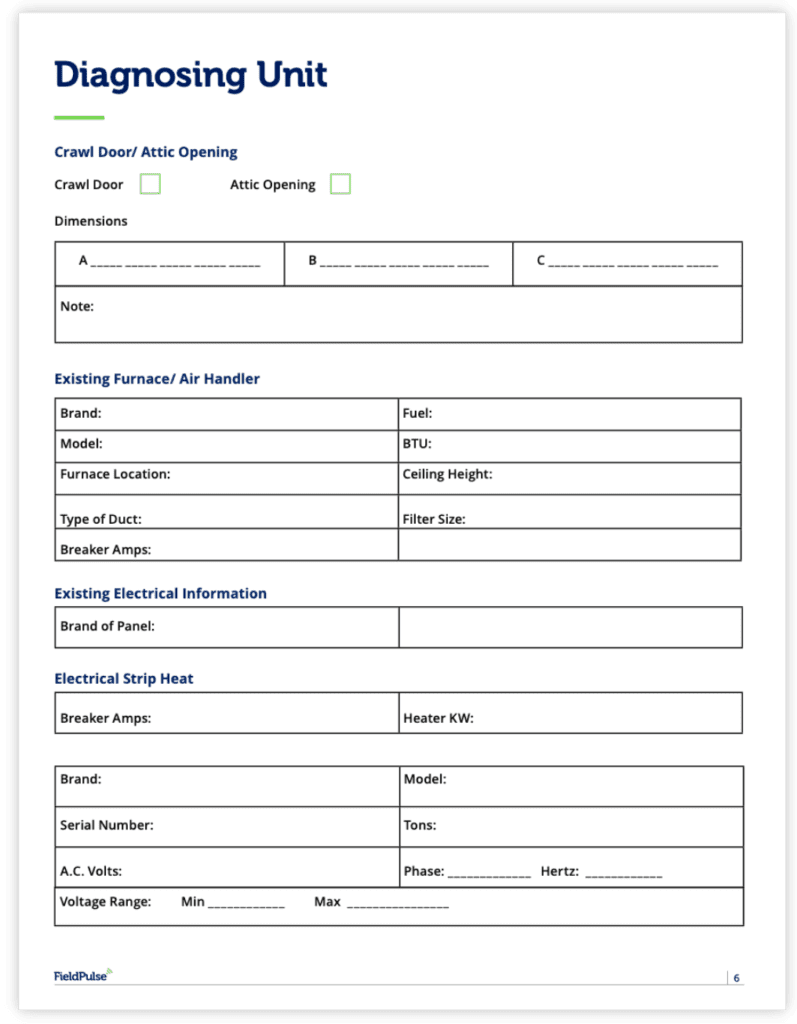

Ductwork
The condition of the ductwork greatly affects the efficiency of the HVAC system. Look for any signs of poor insulation, leaks, or blockages in the ductwork. Insulate any exposed ducts to prevent energy loss. Seal any leaks or gaps with appropriate materials to improve airflow and minimize energy waste. If you notice excessive dust or debris in the ducts, consider professional duct cleaning to improve indoor air quality and system performance.
Thermostat
The thermostat is the control center of your HVAC system, so it’s essential to ensure it is functioning properly. Check the thermostat settings to ensure accurate temperature control. Test the responsiveness of the thermostat by adjusting the temperature and observing the system’s reaction. Consider upgrading to a programmable thermostat for increased energy efficiency and convenience. If you encounter any issues or malfunctions with the thermostat, consult a professional to diagnose and resolve the problem.
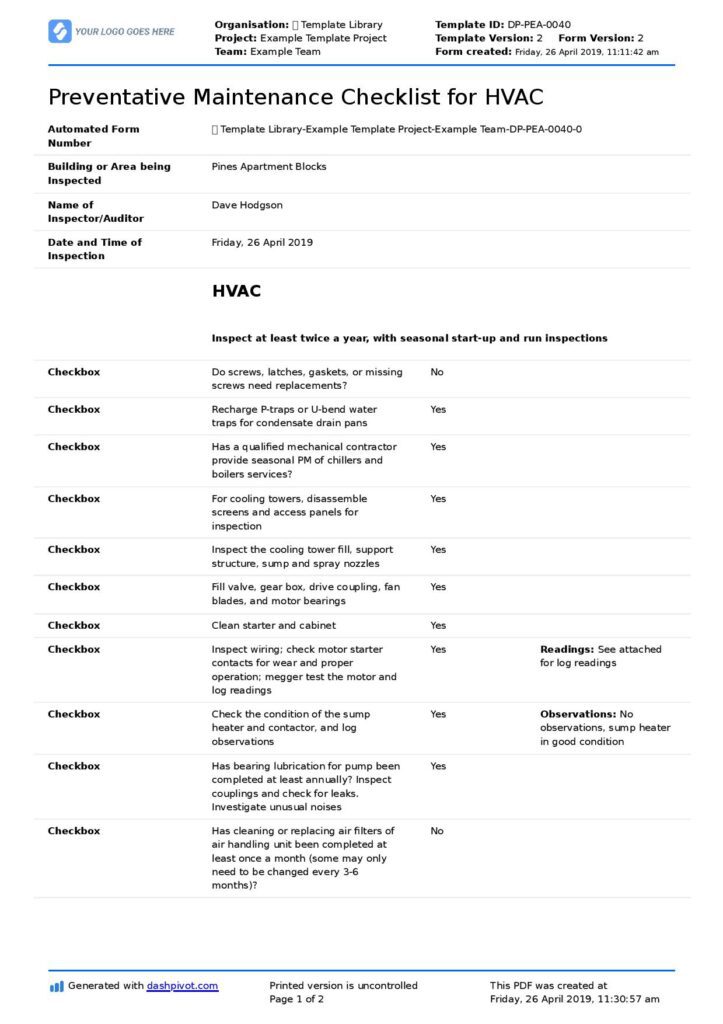

Air Filters
Regularly checking and changing air filters is crucial for maintaining a healthy indoor environment. Inspect the air filters for dust, dirt, and debris buildup and replace them when they appear clogged or dirty. Clogged filters not only reduce the system’s efficiency but also contribute to poor indoor air quality. Consider using high-quality air filters or explore options for air purifiers to further enhance air filtration and purification.
Refrigerant Levels
Proper refrigerant levels are crucial for optimal cooling performance. Inspect the refrigerant lines for leaks or damage and repair them if necessary. Test the refrigerant levels using a pressure gauge or consult a professional to ensure accurate readings. If the refrigerant levels are low, it may indicate a leak that needs to be addressed promptly to prevent system damage and reduced cooling efficiency.
By following this comprehensive checklist for HVAC work, you can ensure that your system is in optimal condition, providing you with the comfort and efficiency you need. Regular inspections and maintenance will not only prolong the lifespan of your HVAC system but also contribute to better indoor air quality and lower energy costs. If you are not confident in your ability to perform HVAC work, it’s always best to consult a professional for expert advice and assistance. Stay safe and enjoy the benefits of a well-maintained HVAC system!

